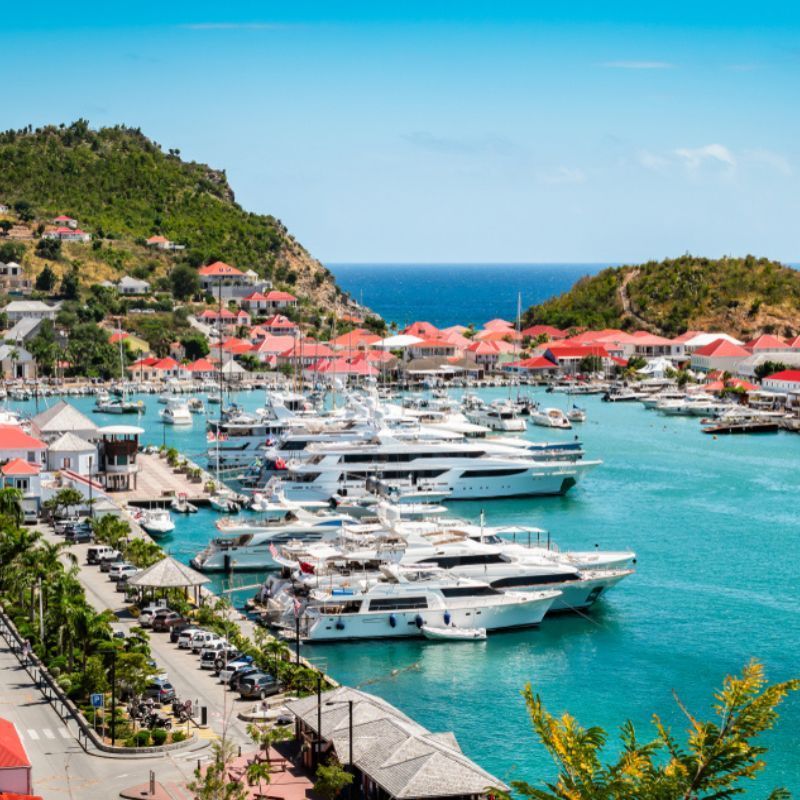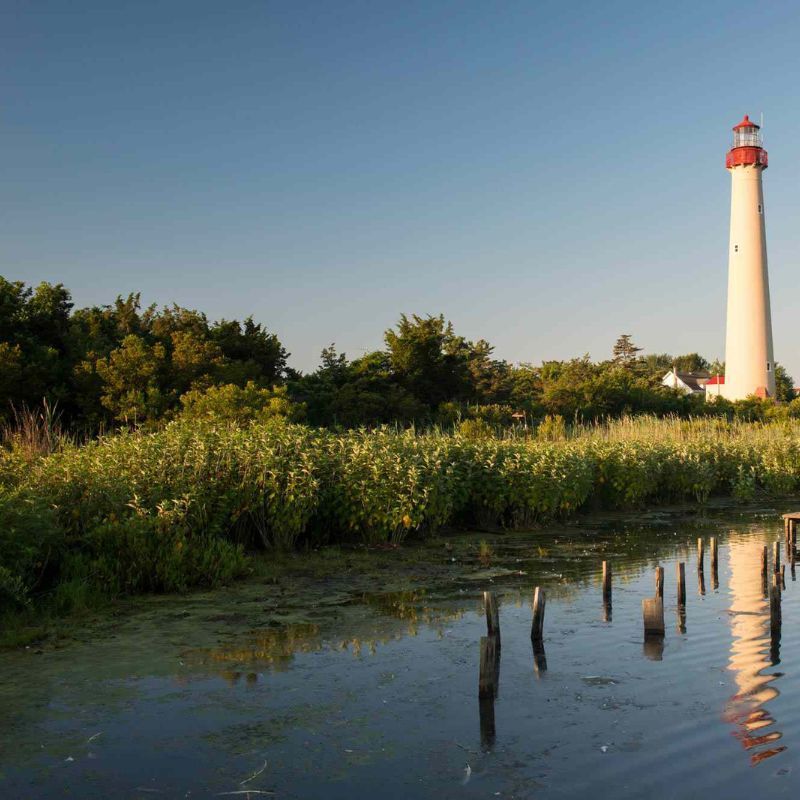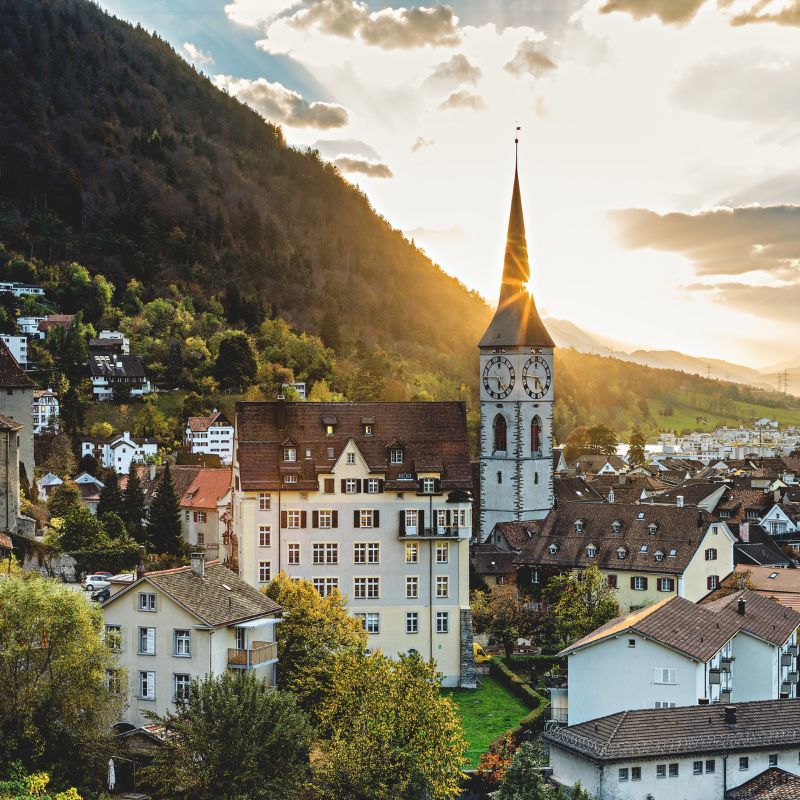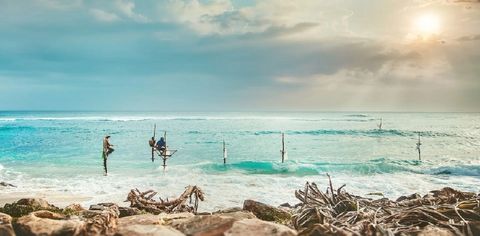
There can be several factors at play that compels a country to change its name. Severing ties with its past, commemorating a noted leader, geographical divide, wars and so on can be some of the reasons that may influence the name change. Also, to an extent, it sets the direction for the new nomenclature. By Trinetra Paul
Among the 195 countries in the world, many have adopted new names long back while other countries may have done it only recently. However, changing a nation’s name officially is not easy.
High-level government talks, the consensus from the majority and various deliberations are needed, besides the heavy cost involved. Not only these, but there are also other complications as well like changing licence plates, alteration of government letterheads and official signages, change in military and sports uniforms and notably change in local currencies, too.
Despite these, there are instances when countries changed names owing to absolute necessities.
Take a look at the countries that have changed their names over the course of time
The Republic of Macedonia to the Republic of North Macedonia
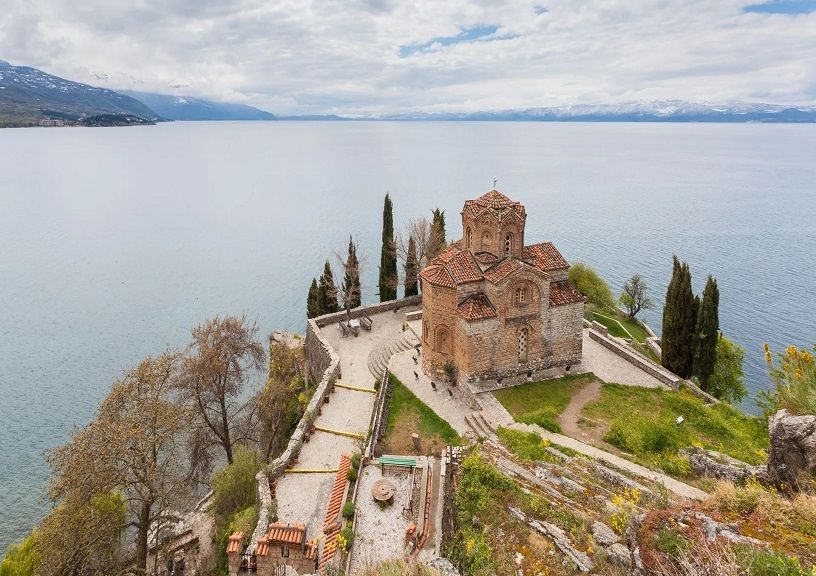
One of the most recent countries to join the league of nations that changed its names is the Republic of North Macedonia. On February 13, 2019, the nation took its present name and several political factors can be attributed to this.
After its independence from Yugoslavia in 1990, then Macedonia adopted the name Republic of Macedonia but got entangled in an estranged relationship with neighbouring Greece. This is because Greece also has a place named Macedonia in its northern regions, which houses its second-largest city Thessaloniki and UNESCO World Heritage Site Philippi. Consequently, Greece, which is also a NATO member, blocked North Macedonia’s entry into the alliance. In order to resolve the tense geopolitical condition, the country’s official name was changed.
State spokesman Mile Boshnjakovski clarified that the country can be referred to as North Macedonia in short. He also said that the nation’s official language continues to be Macedonian and citizens are also referred to as Macedonians instead of North Macedonians.
Holland to The Netherlands

Holland officially changed to The Netherlands in 2020 for easy recognition at international cultural and sporting events. This was basically a marketing move to improve the country’s branding. It is also a step towards its geographical and social inclusivity as Holland consists of two provinces— North and South Holland and The Netherlands bridges the gap.
Though its official tourism and information website continues to be called Holland.com, its logo has been changed to orange NL with a tulip motif and the Netherlands mentioned with it. All official documents and references also use The Netherlands to address the country.
The rebranding cost around USD 319,000 (around INR 24,323,721).
Swaziland to the Kingdom of Eswatini
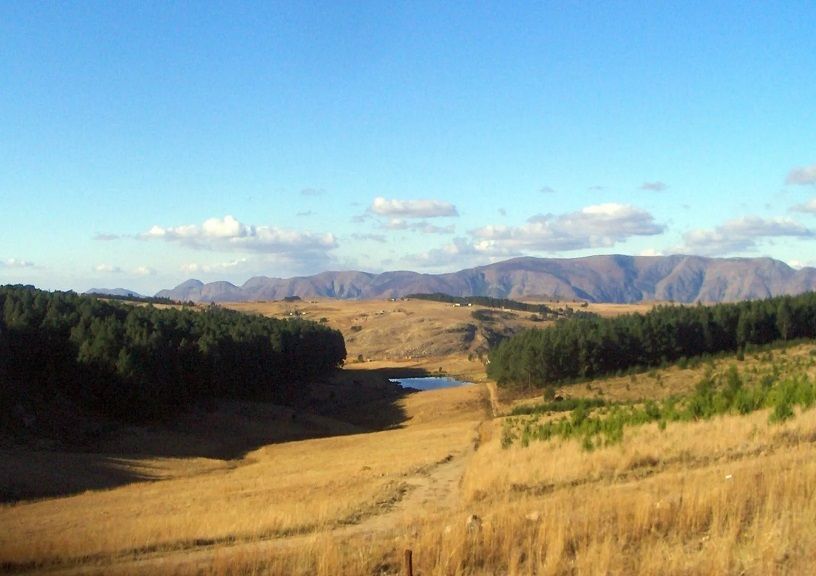
In 2018, Swaziland changed its name to the Kingdom of Eswatini. In an attempt to do away with the country’s colonial past, under the United Kingdom, King Mswati III took the occasion of the country’s 50th anniversary of independence in April, to make the announcement.
While addressing the nation, the King said that many countries take their previous name after independence and that is the main reason behind the change. Additionally, on many occasions, tourists confuse it with Switzerland, which is located in Europe. The southern African nation borders South Africa in the east and lies to the south of the Kruger National Park.
Eswatini, meaning ‘Land of Swazis,’ is just the translation of Swaziland in the country’s local language.
The Czech Republic adopted Czechia
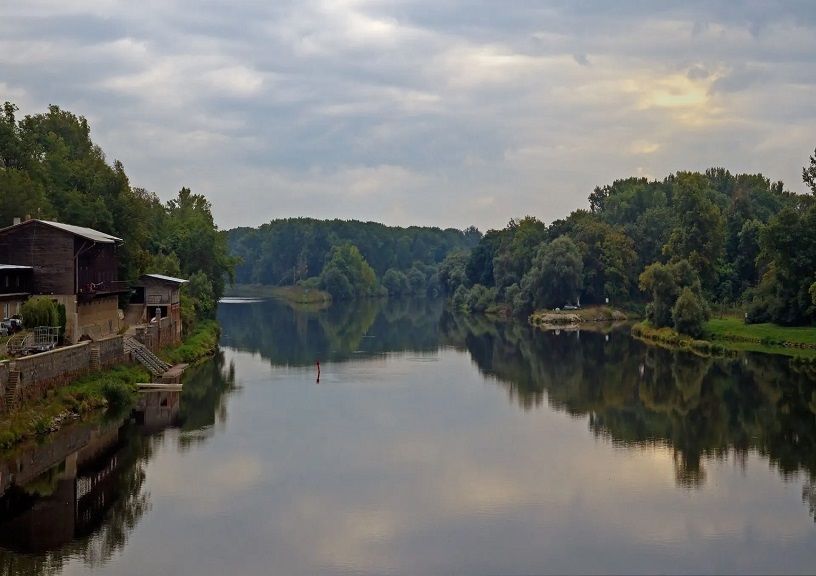
Owing to marketing efforts by various companies, in July 2016, the Czech Republic adopted Czechia as its United Nations registered short name, just like how one refers to the French Republic as France. The official name continues to be the Czech Republic, while this is just a short name. Talks were underway for over two decades, as official bodies wanted a simple and one-word name to help people easily refer to it at international arenas and sporting events.
After entering the name into the UN’s database, authorities encouraged English speaking nations to use the name Czechia as a part of their regular usage. Czechia is easy to pronounce in all six official languages of the country— English, French, Russian, Chinese, Spanish and Arabic. It is pronounced as CHEH-khiyah or CHEK-iyah.
In fact, the name Czech Republic is also a fairly new term. Breaking off from the Habsburg Monarchy of Europe, a union of provinces was formed in 1918, which came to be known as Czechoslovakia. During the disintegration of the Soviet Union, Czechoslovakia was split into Slovakia and Czech Republic in 1993.
Irish Free State to Ireland

Severing all ties with the United Kingdom, the Irish Free State changed its name to Ireland or Éire in the local language in 1937. The country was engaged in a fierce war with the UK for two years and in a bid to erase the past, the country changed its official name.
Though the country gained independence from the British empire in 1922, its Constitution was adopted in 1937 and specified the new official name— Ireland.
Burma to Myanmar

In 1989, the country’s leading military government changed its name from Burma to Myanmar. This was done to preserve the way the Asian country writes its name in the local language. The ruling military junta officially changed the name after a year of a fierce uprising. Not only did it change the name of the country, but the name of its former capital city also changed from Rangoon to Yangon.
Though the United Nations and countries like France and Japan accepted and recognised the change, the USA and UK continued to refer to it as Burma. It is alleged that this is because the UK doesn’t recognise the military junta.
Over the years, Washington’s stance softened in this regard and during a 2012 visit to the country, the then USA President Barack Obama used both the names while referring to the nation. However, in 2021 President Joe Biden issued a statement using Burma and not Myanmar. He said, “The United States removed sanctions on Burma over the past decade based on progress toward democracy. The reversal of that progress will necessitate an immediate review of our sanction laws.”
The Republic of Zaire to the Democratic Republic of Congo
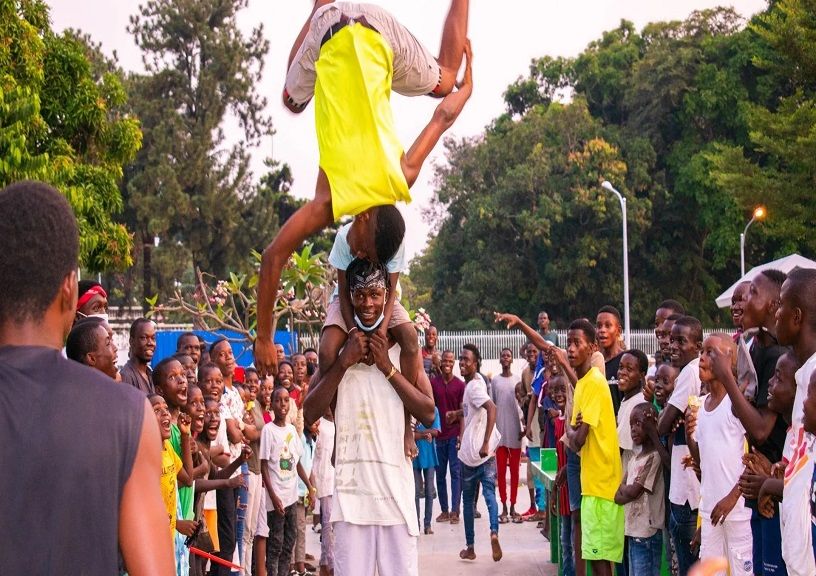
This central African country has undergone several name changes over its course of history. Between 1885 to 1907, under the treacherous rule of King Leopold II of Belgium, it was called Congo Free State. Later the country took the name Belgian Congo which was followed by Congo-Leopoldville.
In 1960, post its independence, the country officially became the Republic of Congo. However, this was also short-lived. In 1971, under the rule of dictator Mobutu Sese Seko, the name was changed to the Republic of Zaire. A possible reason for this was that Zaire is another name for the Congo River. After his fall, the name was changed back to the Republic of Congo and it continues to remain so.
Ceylon to Sri Lanka

Ancient Ceylon got its name from the Portuguese who discovered the island in 1505. It remained the country’s name under British rule and even long after its independence in 1948. However in 1972, when Queen Elizabeth II ceased to be its political head and the country became a republic, the island’s government decided to change its name to Sri Lanka. After 39 years of becoming a republic, the change was introduced in 2011 as all references to Ceylon were removed from official documents, websites and currency notes.
This present-day name has its fair share of history too. In the ancient epic Ramayana, the island’s name is mentioned as Lanka, where the demon King Ravana held Sita captive. The prefix ‘Sri,’ meaning resplendent and beautiful, was added to Lanka which gave the country its current name.
There are several other historical references to the island’s name, like Tambapanni under Prince Vijaya in 5 BCE, Taprobane, as interpreted by the Greeks in 4 BCE and Serendib as used by the Persians and Arabs.
Democratic Kampuchea to the kingdom of Cambodia

Like Sri Lanka, Cambodia has been through a number of name changes. Between 1953 to 1970, the country was called the Kingdom of Cambodia. It was then named the Khmer Republic during the Khmer Rouge reign, till 1975.
Under the rise of communism between 1975 and 1979, the nation was also referred to as Democratic Kampuchea. Following this, under the UN transition authority, it was called the State of Cambodia for a brief period and was renamed the Kingdom of Cambodia in 1993 when the monarchy was restored.
Cape Verde to Republic of Cabo Verde

In 2013, Cape Verde officially replaced its name with the Republic of Cabo Verde. It registered this new moniker with the UN using the full Portuguese spelling. The new name replaces ‘Cape,’ the English translation of the Portuguese word ‘Cabo,’ and pays homage to the Portuguese sailors who discovered the island in the 15th century.
‘Verde’ means green; therefore, the name translates to ‘Green Cape.’ Situated in the middle of the Atlantic Ocean, the archipelago of 10 islands is home to over half a million people.
(This story first appeared on Prestige Singapore)
Related: Going Places With People: This Guy Is Travelling The World Without Taking A Flight. Here’s How!




